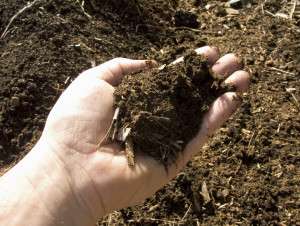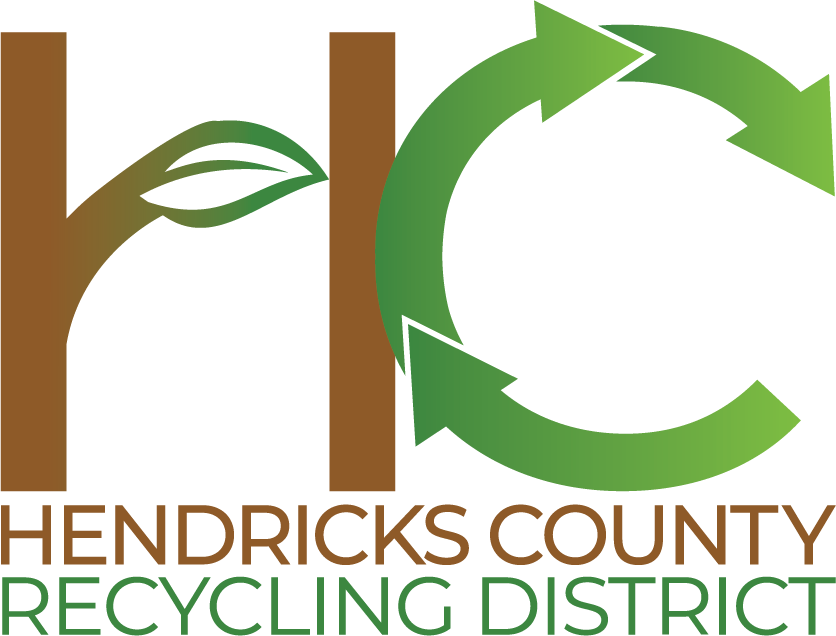 Food waste and yard waste together make up about 25% of what we throw away. That means almost ¼ of what we toss can be composted! We can recycle nutrient-rich “stuff” like leaves, twigs, grass clippings, weed and shrub cuttings, garden waste, and food waste back into the soil by letting nature do her thing.
Food waste and yard waste together make up about 25% of what we throw away. That means almost ¼ of what we toss can be composted! We can recycle nutrient-rich “stuff” like leaves, twigs, grass clippings, weed and shrub cuttings, garden waste, and food waste back into the soil by letting nature do her thing.
Composting reduces the need to water because of organic matter’s great water-holding capacity. This can be a real money saver if you are on city water. Compost can also replace the need for chemical fertilizers, improve soil structure (which cuts down on erosion), increase yields of fruit and vegetable gardens, and it can be fun!
There are many different styles of composting, but they will all result in rich organic material that can be a great soil amendment. And the best news is that compost happens…you can’t mess it up. In fact, composting can be as easy as burying food scraps other than meats in your garden or flowerbeds. Be sure you dig a hole at least 1′ deep and cover the scraps with 8″ or more of soil so animals will leave them alone.
If you want to make compost that you can spread, here are the basics. Pick whichever method works for you.
1. Bin or Pile – Deciding which one to use will depend on how fancy or neat you want your compost to be. If appearance is a consideration, you might prefer to keep it contained in a bin or store-bought composter. A bin can also help to keep the pile from spreading as they will tend to do over time. Bins can be pallets lined up to made a box, plastic bins, chicken wire, or a trash can with no bottom and air holes in the sides. A pile should be at least 3’x3’ and preferably more like 6’x6’.
2. Location – A pile or bin should be kept in a somewhat shaded area so that it won’t dry out so quickly. It is also important to keep it close the where you will eventually use the compost. Some people choose to put the pile where they plan to plant next year’s crops so the finished compost can be spread right where it is. You may also want to have your bin near the kitchen since you will probably incorporate a lot of food scraps.
3. Tools – Basically all you need is a pitchfork to turn and aerate the compost. A compost thermometer is sometimes helpful, as well.
5. Recipe – Start with bare soil. Exposed soil allows the flora and fauna living in the soil to travel into your compost and aid in the decomposition of the material. In general, a compost pile is made in layers of brown and green materials. The exposed soil serves as the first layer of brown material. Add a layer of “green” which could include young weeds, grass clippings, or food waste. Add some “browns” like twigs, branches, shrubbery clippings, dry leaves or straw. Add some moisture to the pile until it feels like a wrung-out sponge. Turn the pile every week.
We hope that helps as you consider composting! For a bit more information, check out this video we produced to help you along!

